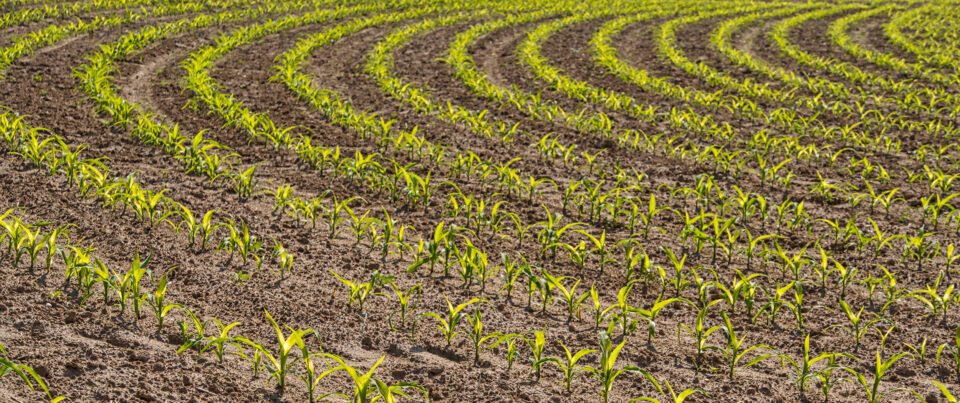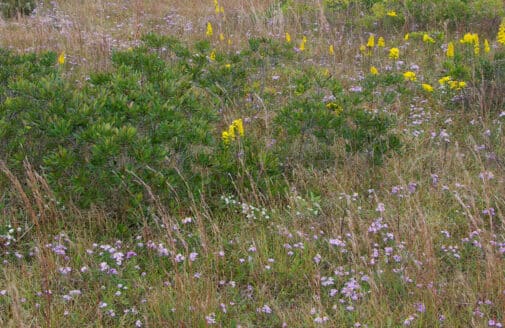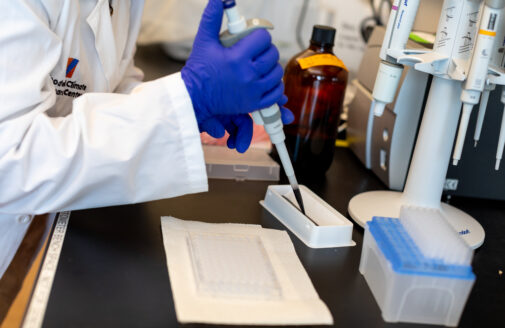A regional approach is essential for high-quality soil carbon credits and durable climate benefits
Woodwell Climate and EDF make the case for better measurement and a regional crediting framework

Soils have the potential to store substantial amounts of carbon and help slow climate change. There is growing interest in carbon markets that would enable investment in—and revenue from—soil carbon capture and storage. In a paper published today in the journal Science, researchers from Environmental Defense Fund and Woodwell Climate Research Center recommended creating a regional crediting framework to strengthen the integrity of the voluntary soil carbon market.
The recommendation followed a scientific review that revealed widely disparate approaches to measuring, reporting, and verifying among the 12 published protocols used to generate soil carbon credits through carbon sequestration in croplands. This variation could lead to credits that aren’t consistent or comparable.
“To know whether the voluntary soil carbon market is driving down emissions, we need to know that one ton of carbon equals one ton of carbon, regardless of the protocol used. A regional approach would help make this possible, which is good for farmers, businesses and governments working toward climate solutions,” said Dr. Emily Oldfield, lead author and scientist at EDF. “This is the defining decade for slowing climate change. We need to get this right.”
Measuring progress at a regional scale instead of at the project or individual field level provides the following benefits:
- Improved accuracy of net greenhouse gas mitigation estimates: Models are the key to measuring progress and reducing verification costs for farmers and project developers. Existing models that are used to estimate soil carbon sequestration across different soil types and climates work better at regional scales, and developing regional baselines and methodologies would improve measurement and accounting of net greenhouse gas changes, including nitrous oxide, to provide a more complete picture of overall climate impacts.
- Better visibility into how crop yields and land use are changing: Accounting across a region and viewing changes both within and outside of project boundaries ensures that the pursuit of soil carbon doesn’t jeopardize food security or shift climate pollution from one region to another.
- More equitable market access: Public investment in a regional crediting framework can provide financial and technical assistance programs targeted to increase market access.
- More consistent and comparable credits: A regional approach would set unified standards for high-quality credits, which would boost confidence and transparency in the voluntary market.
“There’s growing momentum behind voluntary soil carbon credits, and it’s urgent that we ensure the market is able to deliver lasting climate benefits. Measuring and quantifying net soil carbon and greenhouse gas changes across regions reduces the risk of climate benefits being overstated and creates a stable, long-term foundation for the voluntary market,” said Dr. Jonathan Sanderman, contributing author and senior scientist at the Woodwell Climate Research Center.
The regional approach recommended in the Science paper takes inspiration from the jurisdictional approach that is gaining traction for generating high-quality carbon credits for tropical forest protection. The paper recommends basing a regional approach on existing land classifications used by the United States, European Union, India and China to group together areas with similar soils, climates, and agricultural potential and constraints.
Implementing the recommendations will require public and private investment and ample stakeholder engagement, but the benefits of a regional crediting approach are worth pursuing. This is the best way to ensure the voluntary soil carbon market generates measurable, reliable, long-term climate solutions.







